Which Type of Air Conditioner Is Right for My Home?
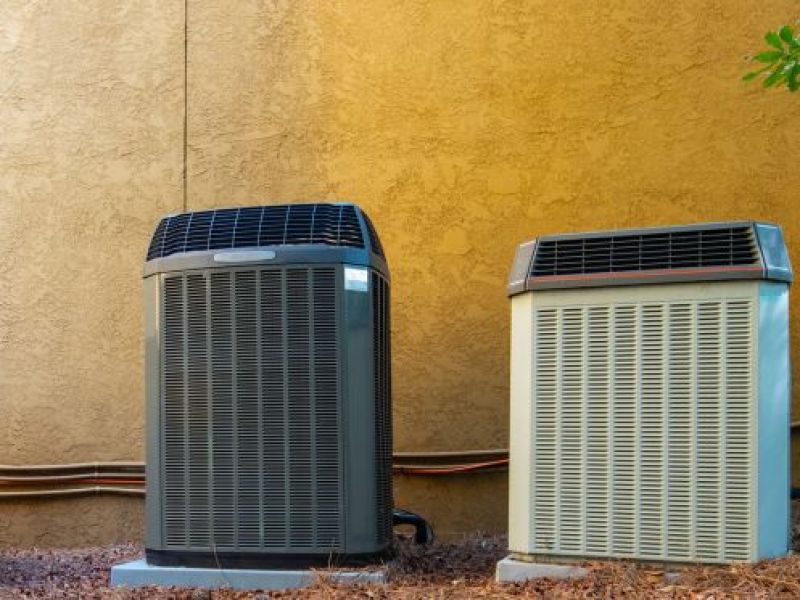
Table of Contents
If you’ve got limited experience with cooling equipment, shopping for a new air conditioner is guaranteed to be a challenge. When tackling these projects on their own, many homeowners purchase the largest air conditioners they can find. With the notion that bigger is always better, most wind up installing equipment incapable of working efficiently in their homes. However, size is hardly the sole concern when it comes to choosing these appliances. There are many types of air conditioners on the market, and each has its own benefits and drawbacks. Read on to discover which option will be best for you.
CENTRAL HVAC SYSTEMS AND THE NEED FOR EXISTING DUCTWORK
Many homes have never had air conditioning before. Their former owners made do with inefficient window units, swamp coolers, or a combination of fans and sheer will. As temperatures become increasingly unpredictable and severe weather events abound, having a functional cooling system is fast becoming essential. But what can you do if your home doesn’t have the necessary ductwork for supporting a central cooling system?
Central cooling systems have two separate components. These are an indoor compressor and an outside condenser unit. In central air conditioning systems, cooled air is pushed or forced through a vast system of ducts and then distributed to individual zones or rooms via air registers or vents. If your home wasn’t built with ducting, you always have the option of adding this in post-construction. However, there are several significant drawbacks to doing so. To start, post-construction ductwork projects tend to be quite expensive.
Moreover, as these features are added to existing properties, they can take up a lot of the usable, livable area indoors. Finally, these systems are not as well insulated or efficient as ductwork built during initial construction, and they’re rarely aesthetically pleasing. Notwithstanding these things, if central air conditioning is something you absolutely must have, you can find an HVAC service that offers custom ductwork. Together, you and your provider can arrive at a feasible plan for adding ducts to your home that are as affordable, inconspicuous, and space-saving as they can possibly be. Once ductwork has been installed, your house can be fitted with a central air conditioning unit.
DUCTLESS MULTI-SPLIT AIR CONDITIONERS
A far more feasible way to equip a ductless home with air conditioning is installing a multi-split air conditioner. Ductless multi-split air conditioners have either a compressor or condenser outdoors and small, separate air handlers in each room that they’re meant to serve. The indoor air handling units for these systems are small, flat, and fairly inconspicuous. They can be installed in a discreet location on the wall or even placed on the ceiling. They won’t diminish room aesthetics, and they’ll consistently provide efficient performance.
While most central air conditioners are designed to provide uniformly cool temperatures throughout the entire house, multi-split air conditioners are zoned to provide customized comfort. This makes it possible to turn air handlers off in zones or rooms that aren’t being used. It additionally allows building occupants in different zones to establish their preferred temperatures. In many instances, ductless multi-split AC systems are far more efficient than central cooling. This is because they aren’t constantly working to cool the entire building down.
However, it may be possible to achieve this same level of efficiency with central air conditioning in some homes. Zoned central cooling allows for selective delivery of conditioned air to separate zones or rooms. Much like ductless mini-splits, zoned central cooling systems have multiple thermostats, and temperatures can be set at each air handler independently.
REPLACING YOUR EXISTING CENTRAL AIR CONDITIONER
A lot of homeowners who need to have their old, outdated air conditioners replaced mistakenly assume that these projects will be as simple as disconnecting their current units and popping their new ones in. However, given that the average air conditioner will last approximately 15 years, dramatic changes in the dimensions of new models frequently make these projects far more complex. Modern air conditioners tend to be a lot larger than the air conditioners that were installed just 15 years ago. For instance, new AC models have significantly bigger cooling coils for increased efficiency and improved cooling power. As such, your AC replacement might require modifications to the area that houses the compressor, changes to the area where the outside condenser is currently placed, upgrades to your electrical plan, or even changes to your existing ductwork.
While you might be comfortable using the AC model you currently own, replacing an old air conditioner is an opportunity to experience some of the latest innovations in cooling technologies. Modern air conditioners offer better air purification for higher indoor air qualities (IAQs), better humidity regulation, and lower operational costs. They use less energy, are capable of doing more, and can even last a bit longer than older designs. Thus, you should never be afraid to explore different brands, various options at different price points, and different air conditioner types.
COOLING DOWN YOUR NEWLY FINISHED BASEMENT OR IN-LAW UNIT
It may be that you already have a reliable air conditioner for servicing the majority of your home and that you simply need supplemental equipment for cooling down a remote area. This may be the case if you’ve recently finished your basement or attic or if you’ve had an in-law unit built in. For spaces like these, ductless mini-split air conditioners are the best choice. There’s no need to extend your existing ductwork, and multi-split installation doesn’t require a number of building modifications.
For areas like these, you can also consider installing a floor-mounted air conditioner. These are a far less costly choice for homeowners with relatively small areas to service. Floor-mounted air conditioners also work great in rooms that aren’t structurally capable of accommodating ductless mini-splits. These units are much quieter than swamp coolers or basic window ACs, and they’re also far more efficient.
DUAL FUEL AIR CONDITIONERS
There are also dual fuel air conditioning systems. These work a lot like central HVAC, but they don’t require ductwork. For instance, if you want to have a ductless mini-split installed but also need a way to warm your home in the winter, a dual fuel air conditioner will offer both cooling and heating via a heat pump and furnace. As necessary, these systems can seamlessly toggle between using natural gas and electricity.
CHOOSING THE RIGHT AC SIZE
Just as important as choosing the right AC type is finding the right air conditioner size. At the very start of a professional air conditioner installation, HVAC technicians will perform careful measurements of the building size. They’ll consider the layout and age of the property and any other relevant factors to determine which AC specifications will provide the greatest amount of efficiency comfort. Bigger doesn’t always mean better, and this is certainly true with air conditioners. If you buy a unit that’s much too large for your home, it will constantly cycle off and on. Conversely, if you select an AC unit that happens to be too small, this equipment will run all of the time, and it won’t make anyone feel much cooler.
At Air Docs Heating & Cooling, we have extensive experience in choosing the perfect air conditioners for every environment. We offer a vast range of heating, cooling, and plumbing services. We also provide reliable heating oil and propane delivery to Vero Beach and the surrounding areas. If you’re ready to have an air conditioner installed in your home, call us now to request a quote.
Other Blogs You May Be Interested In
Categories





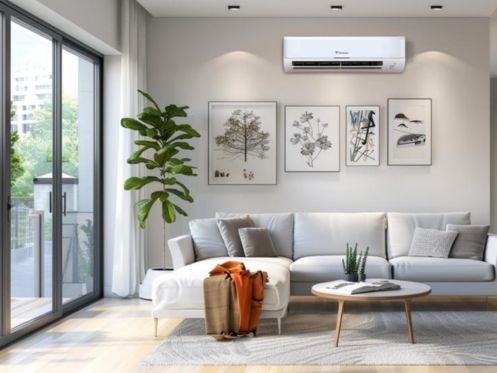
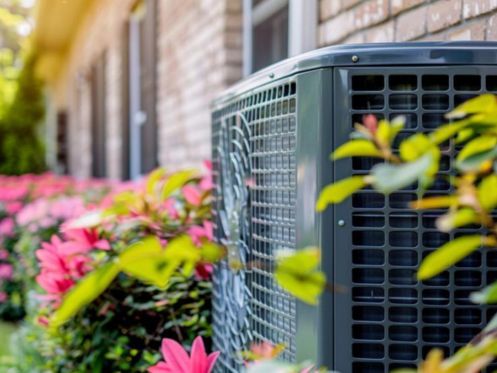



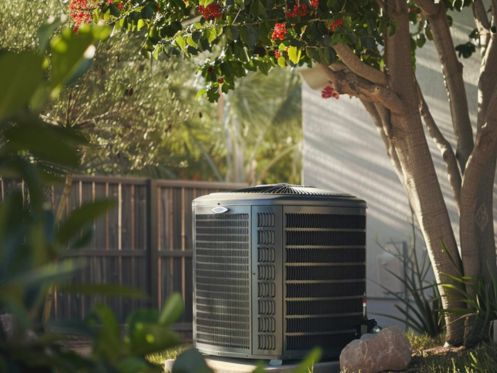

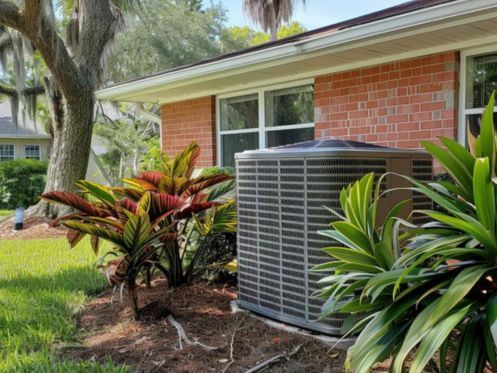

Leave a Reply